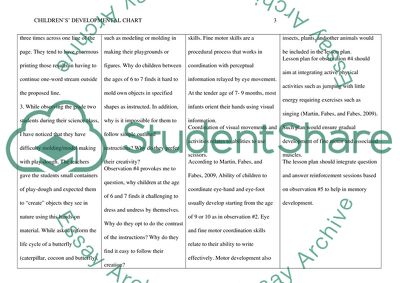Cite this document
(Children's Developmental Chart Assignment Example | Topics and Well Written Essays - 2250 words, n.d.)
Children's Developmental Chart Assignment Example | Topics and Well Written Essays - 2250 words. https://studentshare.org/education/1839509-childrens-developmental-chart
Children's Developmental Chart Assignment Example | Topics and Well Written Essays - 2250 words. https://studentshare.org/education/1839509-childrens-developmental-chart
(Children'S Developmental Chart Assignment Example | Topics and Well Written Essays - 2250 Words)
Children'S Developmental Chart Assignment Example | Topics and Well Written Essays - 2250 Words. https://studentshare.org/education/1839509-childrens-developmental-chart.
Children'S Developmental Chart Assignment Example | Topics and Well Written Essays - 2250 Words. https://studentshare.org/education/1839509-childrens-developmental-chart.
“Children'S Developmental Chart Assignment Example | Topics and Well Written Essays - 2250 Words”. https://studentshare.org/education/1839509-childrens-developmental-chart.


